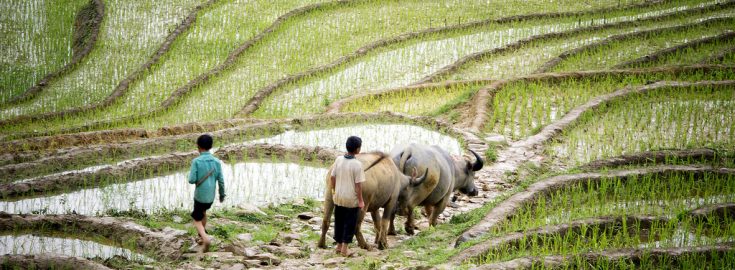
Search
Foto: Naciones Unidas
Joined MPPN: 2013
National MPI
For details of the National MPI of Viet Nam including the latest reports, the national MPI structure, and references to MPI in Voluntary National Reviews, please visit this page on the OPHI website.
MPPN Events
- 27 September 2015 | Intervention by H.E. Mr. Dang Huy Dong, Deputy Minister, Ministry of Planning and Investment of Viet Nam at UNGA 70 Side Event













